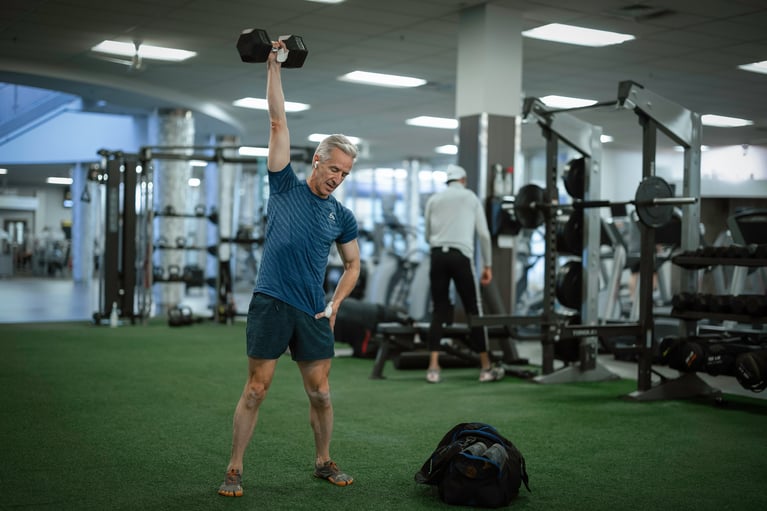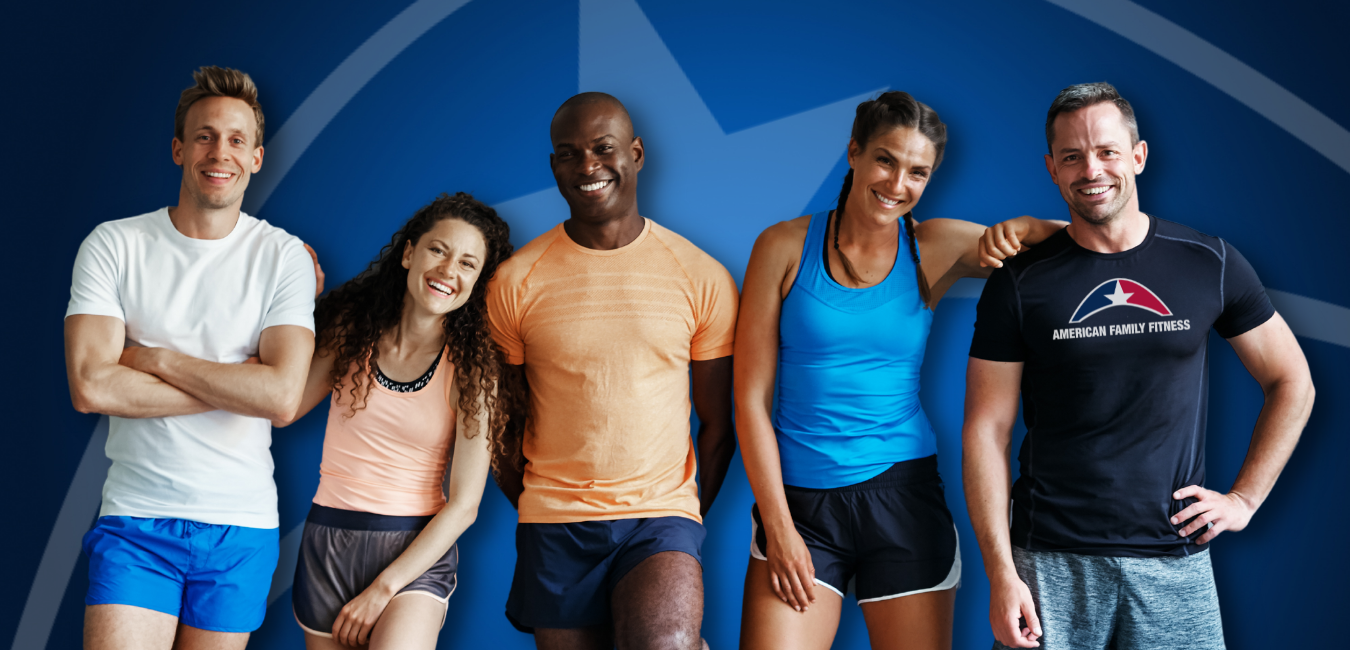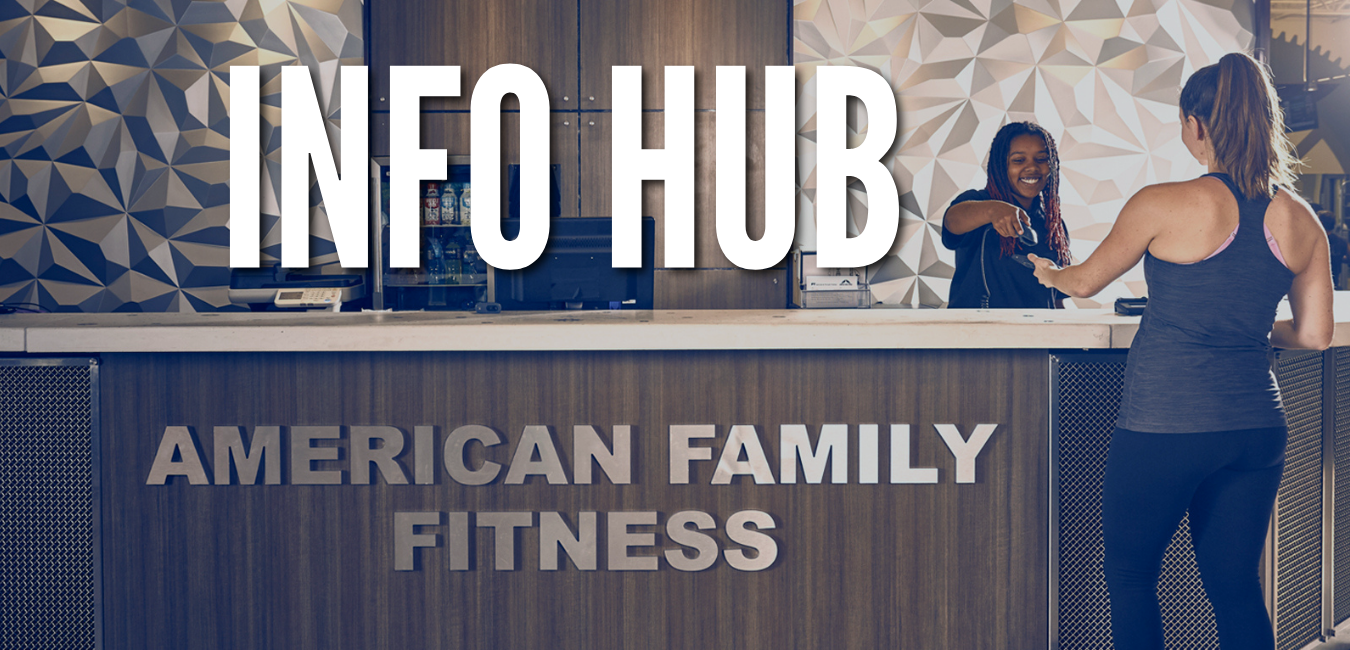
They say the Golden Years are the time to travel, relax, and enjoy retirement. And I 100% agree that you should — you’ve spent your entire life waiting for this, so you should enjoy it! But I want to propose something to you — let’s make this time even more enjoyable by adding exercise to your routine and renaming this time of your life the Silver Years.
Think about it — sure, gold is elegant and symbolizes wealth and success. But silver is sleek, modern, and symbolizes intelligence AND wealth (sorry, gold) — and that’s how you want to feel from this point in your life forward, right? Well, to feel sleek and modern, maintain cognitive health, and experience a wealth of other health benefits, you should consider adding regular physical activity to your lifestyle.
Before we get into how being active can benefit you in your Silver Years, let’s first understand what happens to the human body as it ages. Believe it or not, aging doesn’t start at 65 — it starts from the moment of conception and continues for the rest of your life. From infancy through adolescence and into adulthood, your body, and brain develop to work efficiently for you. But as you move from adulthood into old age, aerobic capacity decreases, bone size, and density decreases, muscles lose strength and flexibility, and cognitive tasks become more challenging. Simply put, things that were once easy, begin to take more effort as you age.
But here’s the silver lining — while we can’t reverse the aging process altogether, we can certainly slow it down with, you guessed it — regular physical activity! Here’s what you have to gain from a lifestyle with physical activity:
- Improved cardiovascular health and reduced risk of cardiovascular illness
Our hearts pump blood throughout the body to working muscles and organs during physical activity. With regular aerobic exercise, the force of the contraction of your heart will increase, making the transfer of oxygenated blood to working muscles and organs more efficient. Exercise also has been shown to lower blood pressure, which is a significant risk factor for stroke and heart attack.
- Increased muscular strength
You know that saying “If you don’t use it, you lose it?” They were definitely referring to muscle strength as you age. Regularly performing resistance training exercises using bodyweight or additional resistance (like dumbbells or resistance tubing) will maintain and even increase lean body mass, or the amount of muscle in your body. And the stronger you are, the more that you can do on your own without assistance, like getting up from a chair or carrying your groceries from the car into your home.
- Improved mobility and flexibility
Joint stiffness becomes a more familiar feeling as we age. Connective tissue like tendons (which connect muscle to bone) and ligaments (which connect bone to bone) lose water as we age, making movement more challenging. And an inactive lifestyle can exacerbate this stiffness. Engaging in regular exercise can help lubricate our connective tissue so that we can maintain our mobility and flexibility and we can keep moving!
- Reduced risk of bone fracture
During the aging process, bones lose calcium and other minerals, resulting in decreased bone density and increased bone fragility. The more fragile your bones are, the higher the risk of fracture. Regular exercise that includes both weight-bearing exercises and resistance training has been shown to increase bone density. So remember, strength training isn’t just for your muscles!
- Fall prevention
Did you know the leading cause of both fatal and non-fatal injuries in older adults is falling? A fall can happen in an instant with or without warning. Staying active and incorporating exercises that develop strength, train balance, and improve agility and coordination will keep you on your toes instead of falling on (and possibly fracturing) something else.
- Maintain cognitive health
As we age it may take longer to learn something new or recall words or names, and skills like accuracy, speed, coordination, and balance all decrease. We already know that regular aerobic activity increases our heart’s efficiency to pump oxygen-rich blood to working muscles, but it also delivers oxygen and other nutrients to the brain. Researchers at The University of British Columbia have even discovered that regular aerobic exercise boosts the size of the hippocampus, the part of the brain that is involved in learning and verbal memory (Brinke, Bolandzadeh & Nagamatsu, 2014). So to stay sharp in your Silver Years, stay moving!
- Improved mood and reduced symptoms of anxiety and depression
Aging is a normal and inevitable process, but the idea of growing older can be a struggle for some. Chronic medical conditions, stressful life events, and worry over physical health can create feelings of anxiety. And while these things are unavoidable, physical activity can help combat feelings of anxiety and depression that can result. Physical exercise boosts levels of endorphins which naturally improve mood, along with serotonin levels which help regulate mood and sleep. Also, staying active can help older adults remain social, which helps combat feelings of loneliness and sadness that can result from social isolation.
- Maintain your ability to live independently
All of the benefits of regular physical activity — the reduced risks of cardiovascular disease, bone fracture, and falls, along with increased abilities to perform tasks alone and with confidence — they will all enable you to remain living independently. You can live your Silver Years on YOUR terms.
_______________________________________
Ready to start living your Silver Years with us?
We offer a diverse selection of senior-friendly land and water classes that will help you remain fit and healthy! See schedules.
Wondering how often you should exercise?
This will vary among individuals, but the Center for Disease Control recommends the following exercise durations for older adults:
For minimum health benefits:
- Aerobic: 150 minutes per week at a moderate intensity (or 75 minutes per week at a vigorous intensity)
- Muscle Strengthening: 2+ days per week working all major muscle groups
For greater health benefits:
- Aerobic: 300 minutes per week at a moderate intensity (or 150 minutes per week at a vigorous intensity)
- Muscle Strengthening: 2+ days per week working all major muscle groups
Before beginning any physical activity program, we encourage you to consult with your physician to assess any potential risks associated with exercise and determine ways to minimize those risks.
References
Brinke, LF; Bolandzadeh, N; Nagamatsu LS, et al. (April 2014). Aerobic exercise increases hippocampal volume in older women with probable mild cognitive impairment: a 6-month randomised controlled trial. Br J Sports Med Published Online: April 7th, 2014. doi: 10.1136/bjsports-2013-093184

Lauren Rinker is the Group Fitness Manager at Virginia Center Commons and teaches a variety of classes, including POWER®, CORE®, BLAST®, Yoga, and Fusion small group and team training. She started her Group Fitness career in 2012 after her childhood dream of being a 🌪 chaser didn’t work out due to immense fear of 🌪s, and accredits Group Fitness for transforming her life 💪. She loves how Group Fitness and Social Media share the same impact of making and maintaining meaningful connections between people ❤. When she’s not teaching or taking 📷s for the VCC Facebook page, you can find her 🏋️♀️-ing, 📚️-ing, checking off her To-Do lists 📝, drinking ☕️, or eating any or all of the following foods: 🍣🥞🥓 A self-proclaimed cat lady 😻 and night owl, Lauren loves to recharge in the evenings by watching Netflix with her two Instagram-famous cats 🐱 🐱
Article contributed by Geraldine Chapman
Geraldine Chapman is the Director of Information Marketing & Social Media at American Family Fitness in Richmond, VA. She’s been in the fitness industry professionally since 1997 as a personal trainer, group fitness manager, and fitness instructor. She has trained and certified in multiple fitness programs over the years. Her favorites to teach are barre, Active®, Blast®, and Power®. Geraldine graduated from Virginia Commonwealth University with a B.A. in Communication Arts & Design. She is also a Certified High-Performance Coach and Applied Neuro Strategist. She is passionate about researching autoimmune diseases and how lifestyle, fitness, nutrition, and mindset play a vital role in the prevention and management of autoimmune issues. When not working, you can find Geraldine with a camera in hand, enjoying quality time with her family and riding her motorcycle around town.






